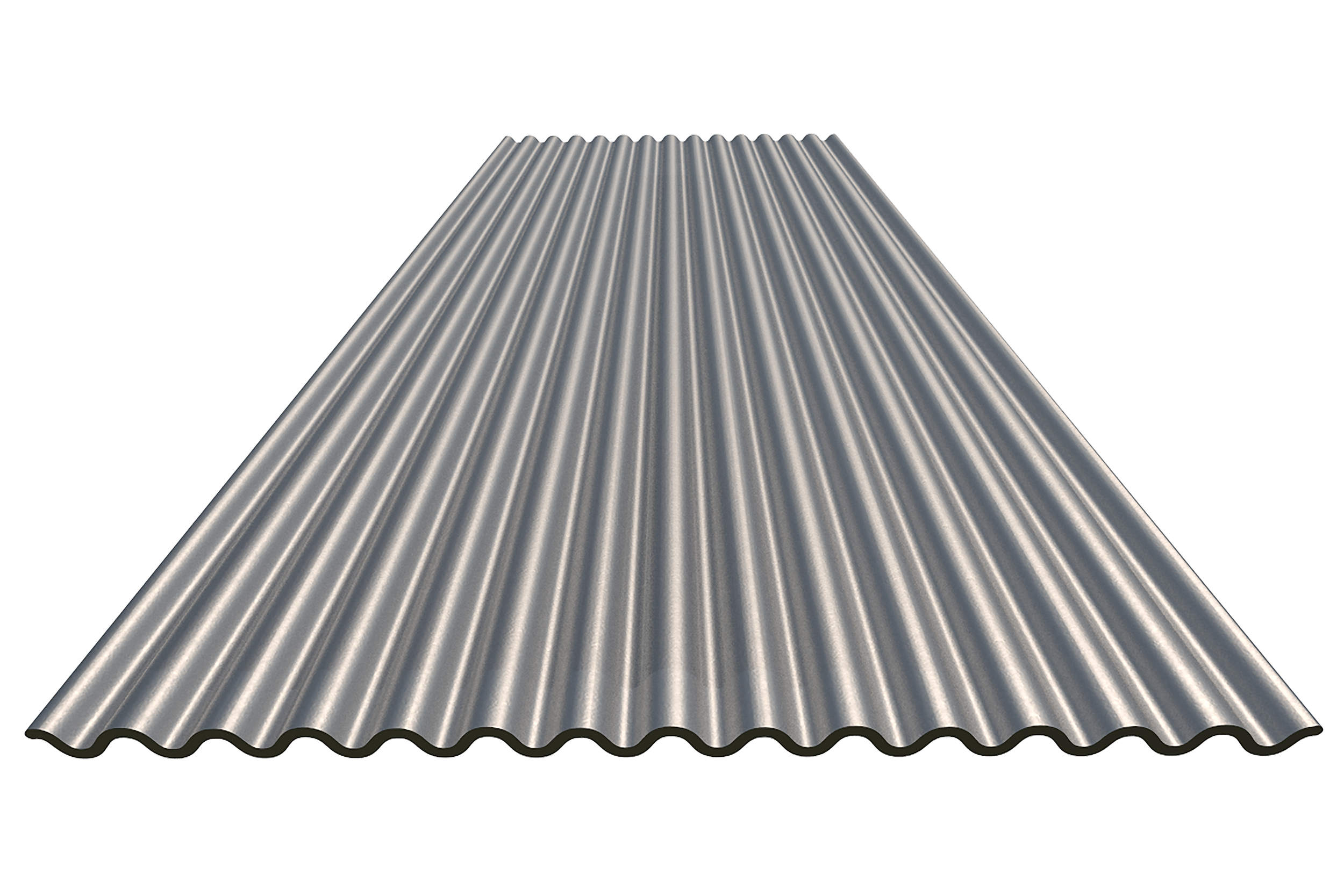Roof inspections are important for figuring out potential points and ensuring the longevity of your roof. Regular inspections might help detect problems early, stopping pricey repairs or replacements down the road. Here are some widespread strategies and steps for conducting a roof inspection:
Visual Inspection:

a. Exterior Inspection:
Start by inspecting the roof from the bottom using binoculars or by safely climbing onto a ladder to get a extra in-depth look.
Look for visible signs of harm, similar to missing or damaged shingles, curling or buckling shingles, or loose or deteriorated flashing round roof penetrations.
Check for particles, moss, algae, or lichen development on the roof, which can point out moisture-related issues.
Inspect the gutters and downspouts for granules from shingles, as extreme granule loss can sign shingle put on.
b. Interior Inspection:
Go into the attic or crawl house and examine the underside of the roof deck for signs of leaks, moisture, or water stains.
Look for Tin Roofing coming by way of cracks or holes within the roof deck, which may point out roof injury.
Check for indicators of insulation damage, mould, or mildew development, which can result from roof leaks.
Roof Walk:
a. If it is safe to do so, walk on the roof surface to examine it up shut.
b. Be cautious and wear acceptable safety gear, corresponding to non-slip footwear and a security harness if wanted.
c. Look for any delicate or spongy areas, which might point out underlying injury.
d. Check for free or damaged roofing materials, as properly as indicators of wear and tear.
Moisture Detection:
a. Use a moisture meter to detect hidden moisture throughout the roof construction and insulation.
b. Moisture detection might help establish leaks or areas of potential water intrusion that is most likely not visible.
Drone Inspection:
a. Drones outfitted with cameras can present a complete view of the roof surface with out the necessity for direct physical access.
b. A drone inspection could be particularly useful for larger or hard-to-reach roofs.
Professional Inspection:
a. Consider hiring an expert roofing contractor or inspector to conduct a radical inspection.
b. Professionals have the experience, instruments, and expertise to establish issues that may not be obvious to a home-owner.
Documentation:
a. Document your findings with photos and notes to create a report of the roof's condition.
b. This documentation may be useful for tracking changes over time and for insurance coverage claims or repairs.
It's important to carry out roof inspections regularly, ideally a minimal of every year, and after severe weather events like storms. Additionally, when you're not snug or assured in your capacity to carry out a roof inspection safely, it is advisable to rent a professional roofing professional to make sure a thorough and accurate evaluation of your roof's condition..
